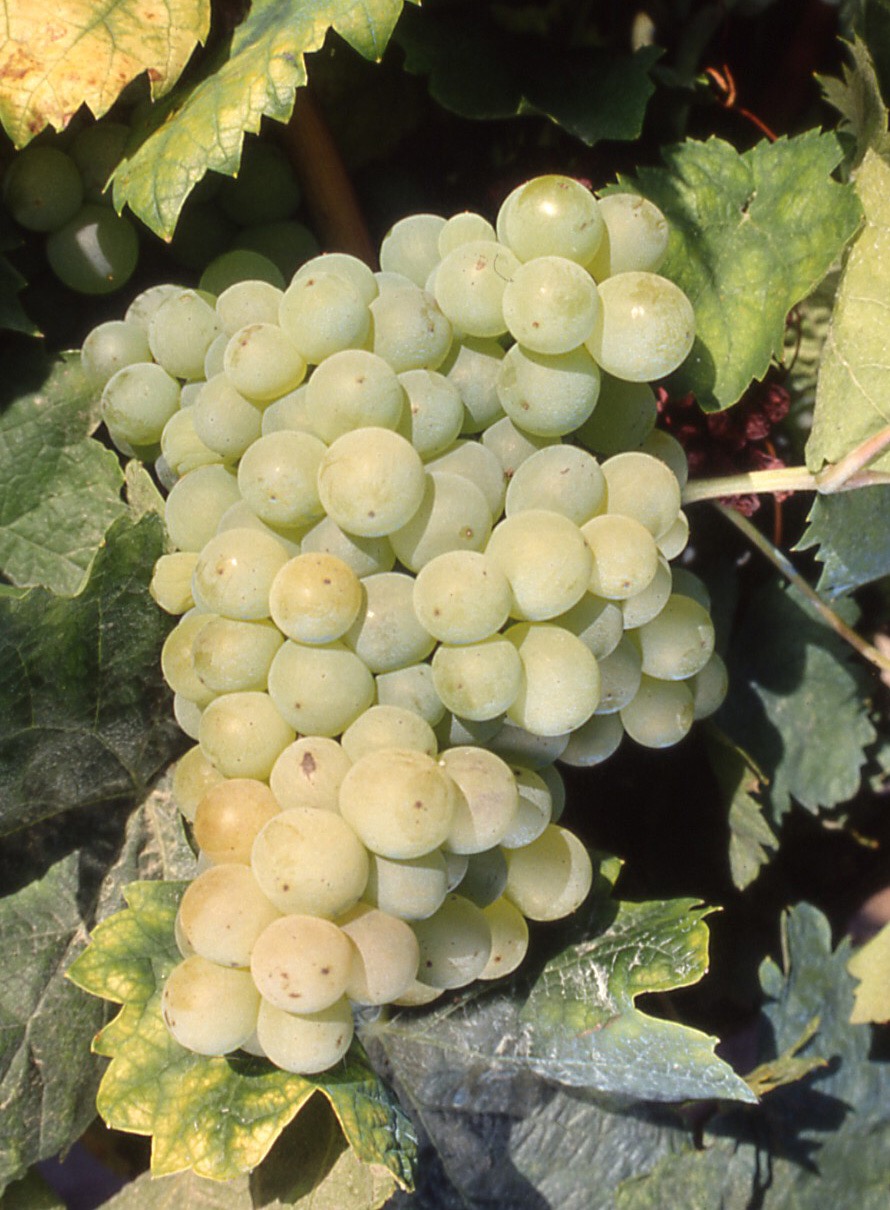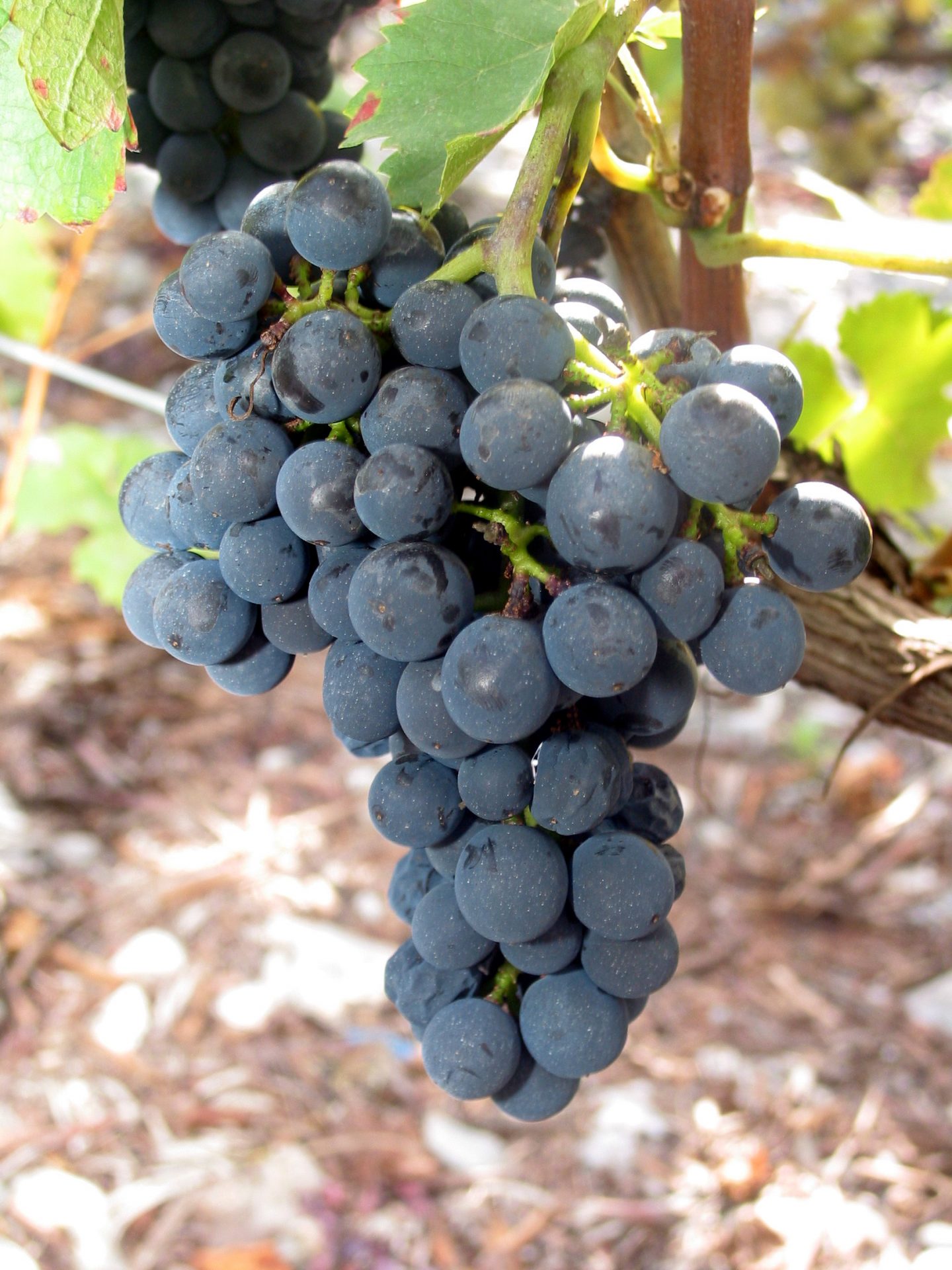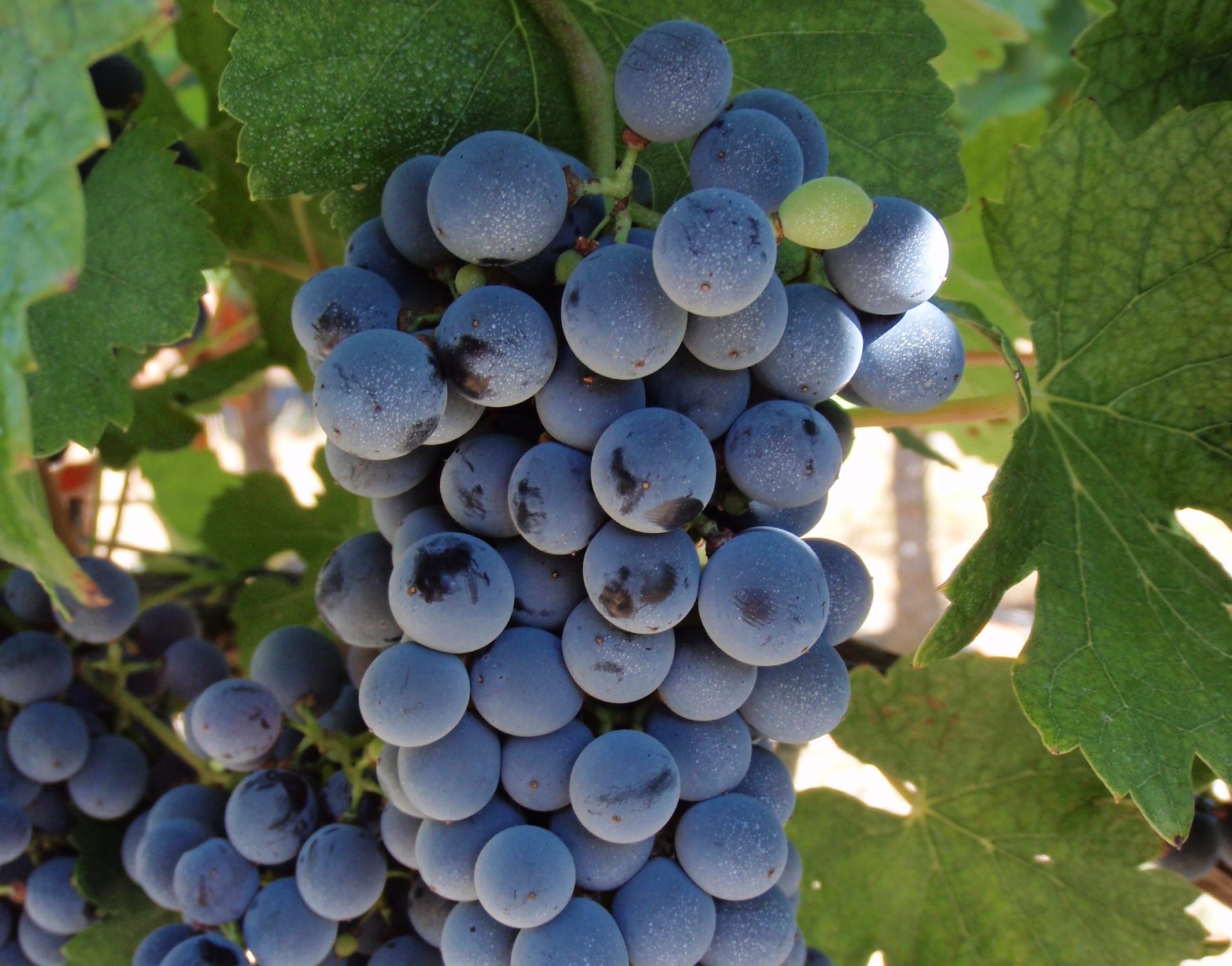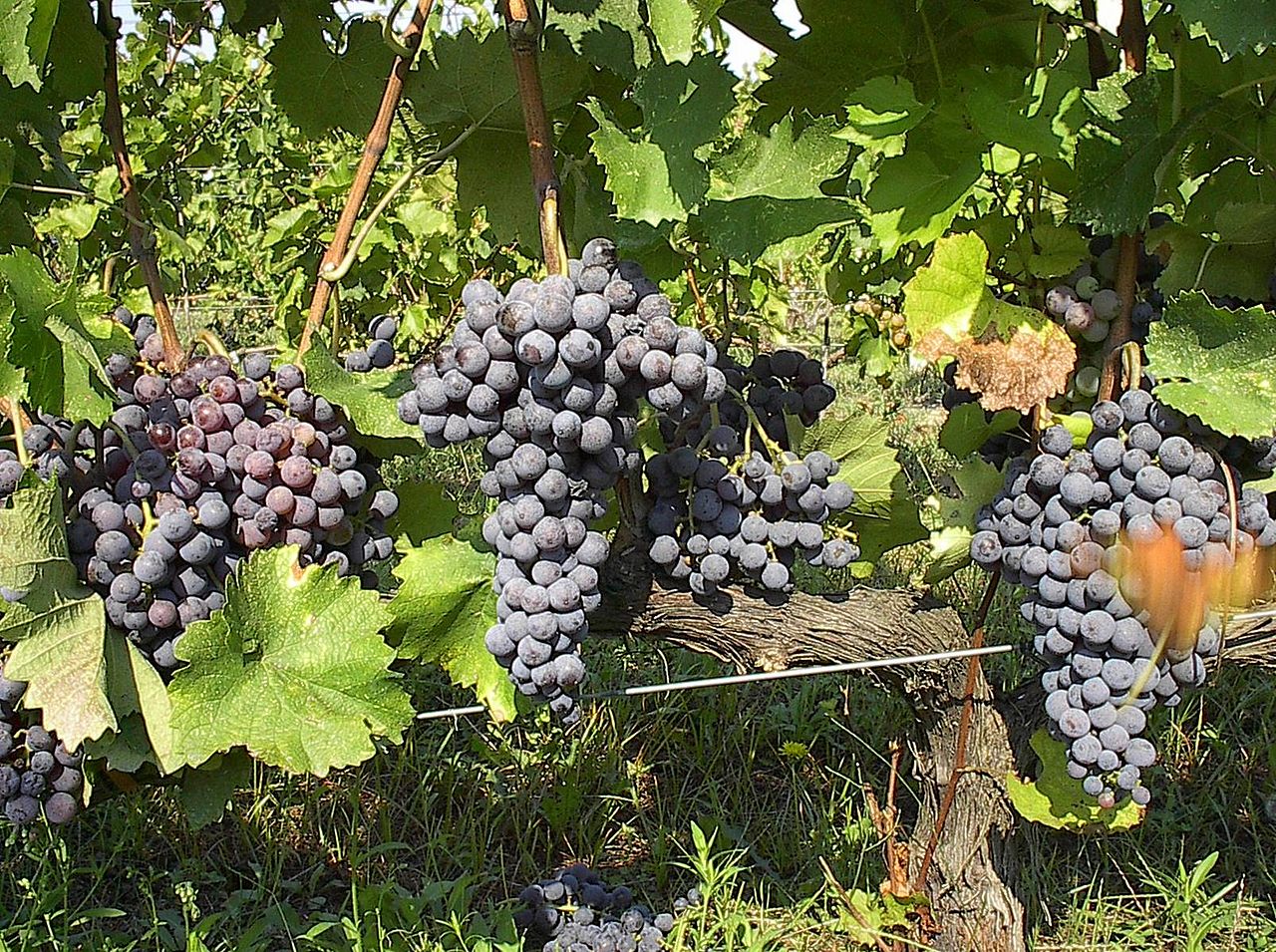 Just when you thought you were getting to grips with the myriad grapes of southwestern France, along comes the albino mutation of Carignan.
Just when you thought you were getting to grips with the myriad grapes of southwestern France, along comes the albino mutation of Carignan.
Its dark-skinned brother hails from Spain originally, being one of the many elements of old school Rioja back in the day. From Spain it was transplanted to Algeria, where it was responsible for much of the wine imported into France before the country’s independence in 1962. After that it was planted all over southern France, becoming the country’s most-planted varietal before subsidised vine pulls in order to combat France’s growing “wine lake” put an end to Carignan’s prominence.
Whilst the dark-skinned Carignan is going through a thrilling Renaissance after its decades in the gutter, somewhere along the line the little albino mutation that is Carignan Blanc happened. And what a happy little mutation it is.
Sharing all the traits of its black brother bar the colour, Carignan Blanc is currently being saved from its relative obscurity by a few intrepid growers and Winemakers in Languedoc-Roussillon, although currently plantings are but a mere 400 hectares or so. After tasting a few examples over the past week I have to say that it is certainly a grape worth saving, and a grape capable of making some delicious age-worthy wines.
Whilst being a relatively neutral varietal, I found it to take on some incredibly interesting Chardonnay characteristics after just a couple of years in bottle. I did taste a bottle dating all the way back to 2000, and it was sadly a little over-the-hill, but fascinating nonetheless.
It’s a curiosity, for sure, and probably won’t be taking over the world any time soon… or ever. But it is undoubtedly one of those odd and obscure varietals that will get any self-respecting wine geek frothing at the bit. Seek it out and help save it from the blending bin!
Edinburgh-born/Toronto-based Sommelier, consultant, writer, judge, and educator Jamie Drummond is the Director of Programs/Editor of Good Food Revolution… And he’s just getting his head around this grape.







